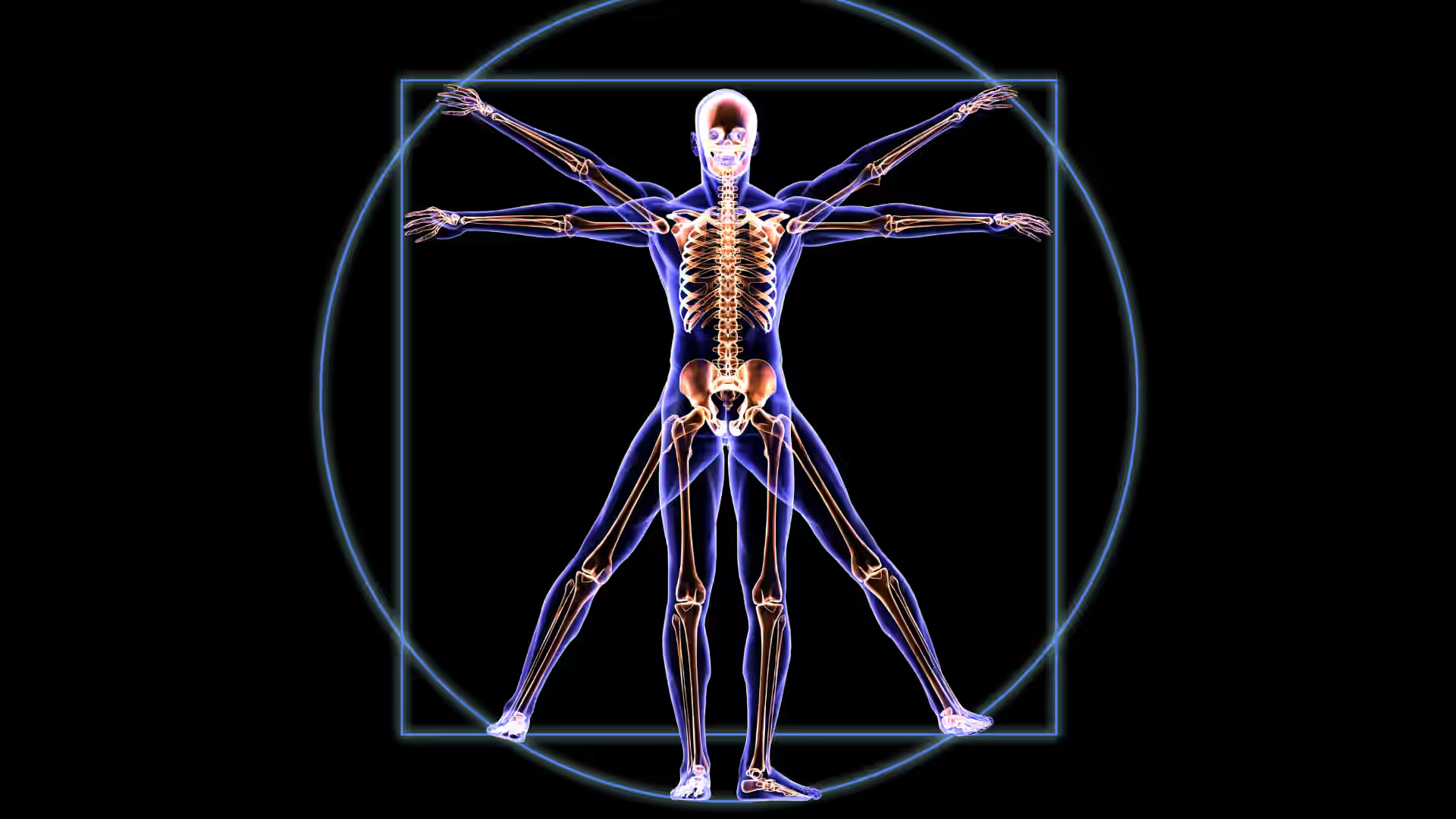Food is designed to enter the GI tract, not the lungs. Imagine the panic and potential harm of having foods or drinks lodged in your lungs. Aspirating food is a serious condition, which is why it’s important to be well-versed in what to do in the case of an emergency situation.
When food becomes lodged in the lung (foreign body aspiration), it’s in the wrong area and can cause airway blockages, infections, or other complications. Its prevalence is largely unknown and underdiagnosed, but it’s most common among the elderly, babies, young children, and individuals with swallowing disorders.
This article provides a comprehensive, global view of how food can get lodged in the lung—including the causes, symptoms, risk factors, diagnostic methods, treatments, prevention, and ongoing care guidelines.
[signup]
Understanding Food Lodged in the Lung
It’s helpful to fully understand the process of food getting lodged in the lung (food aspiration) and why this phenomenon may occur.
Defining Foreign Body Aspiration
Foreign body aspiration happens when food, a drink, or anything besides air that is supposed to end up in the stomach gets into the airway. Choking involves a blocked airway in the throat, while aspiration occurs when food enters the airway and often reaches the lungs.
Food aspiration may happen because of swallowing disorders, some medications, medical conditions, anatomical irregularities, or medical devices that obstruct effective swallowing.
The Anatomy of Aspiration
There are two tubes that run down the neck and chest: the esophagus that travels to the stomach, and the larynx and trachea (windpipe) that travel to the lungs. Aspiration occurs when foods and liquids go through the airway instead of the esophagus.
This typically happens when the process of swallowing foods and drinks malfunctions. The epiglottis is a piece of cartilage that is similar to a lid that closes over the vocal cords to protect airways during swallowing. When it fails to work effectively, it can’t effectively protect the airway and aspiration can occur, which may cause an infection.
This problem can also happen to individuals with a reduced gag or cough reflex, as these reflexes help the body protect itself from food and other foreign objects entering the airway.
Real-Life Anecdotes and Case Studies
Aspiration is common among elderly individuals and those with swallowing disorders. One case study describes the aspiration of barium contrast during an examination of the upper gastrointestinal tract of an 88-year-old male. Supportive care, including oxygen therapy, helped improve his condition.
Another case study of a 79-year-old woman with a history of a stroke presented to her primary care physician with fatigue, shortness of breath, and a cough during meals that persisted for about three months. She also had low-grade fever with decreased lung sounds and was diagnosed with chronic aspiration pneumonia due to inhaling food particles while eating.
Early detection is vital to reduce the risk of severe and life-threatening complications.
Common Causes, Risk Factors, and Global Statistics
Examples of common causes associated with food aspiration include:
Risk Factors for Food Aspiration
The following factors may increase the risk of aspiration:
- Neurological conditions, such as a stroke, Parkinson’s disease, or brain tumors
- Neuromuscular disorders (myasthenia gravis, cerebral palsy, muscular dystrophy, Guillain-Barré syndrome, etc.)
- Dysphagia (difficulty swallowing)
- Eating while laughing, lying down, walking, or talking
- Sedatives
- Opioids
- Alcohol
- Anatomical differences in the esophagus or airway structures
- Nasogastric (NG) tubes or similar medical devices
- Gastroesophageal reflux disease (GERD)
- Gastrointestinal motility disorders
- Meconium aspiration syndrome in newborns
- History of radiation therapy or chemotherapy of the throat or neck
- Severe dental problems
- Mouth sores
- Sjögren syndrome and other conditions that reduce saliva
- Cognitive impairment
Many of these conditions negatively affect swallowing, which increases the risk of food aspiration.
Populations at Higher Risk
Population groups with a higher risk of food aspiration include babies, children under 5, the elderly, and individuals wearing dentures. People who are cognitively impaired or sedated because of medications or alcohol also have an increased risk of aspiration.
Global Statistics and Cultural Insights
Global incidence rates of food aspiration and risk factors vary by region and aren’t fully known. Cultural dietary practices that may increase the risk of food aspiration include consuming sticky foods, tough meats, or other foods that are difficult to chew or swallow.
A disparity in medical resources in different countries may also play a role. Studies suggest that foreign body aspiration causes nearly 104,000 deaths around the globe.
Recognizing Signs and Symptoms
It’s important to recognize the symptoms of food aspiration to treat it promptly and lessen the chance of complications.
Immediate Symptoms
Immediate symptoms of food aspiration include:
- Sudden coughing
- Choking sensation
- Wheezing/noisy breathing
- Difficulty breathing
- Shortness of breath
- Gurgling sounds
- Wet-sounding voice
- Pain during swallowing
- Chest discomfort
- Feeling like something is stuck in the throat
- Bluish lips, skin, nails, or fingertips
- Trouble swallowing
- Feeling congested after meals
These symptoms are often the first sign that something is wrong. Symptoms may appear right after eating or over time. Silent aspiration occurs when food aspiration causes no obvious symptoms.
Delayed or Less Obvious Indicators
Delayed symptoms of food aspiration may include:
- Persistent cough that worsens over time
- Recurrent chest infections
- Unexplained fever
- Fatigue
Treating food aspiration as early diminishes the chance of severe or life-threatening complications.
Severe and Rare Manifestations
Complications that may develop when food aspiration persists or is severe include:
- Chronic lung damage leading to bronchiectasis
- Collapsed lung (atelectasis)
- Empyema
- Potential sepsis if an infection spreads
- Lung abscess
- Pneumomediastinum (air in the space between the chest wall and lungs)
- Acute respiratory distress syndrome (ARDS)
- Lung inflammation
- Aspiration pneumonia
- Asphyxiation (airway blockage that deprives the body of oxygen)
These conditions are medical emergencies, though aspiration of any severity should be medically evaluated.
Potential Complications and Long-Term Effects
Examples of the potential long-term effects of food aspiration include:
Aspiration Pneumonia and Lung Abscess
Aspiration pneumonia is a dangerous condition that develops as a bacterial infection in the lungs after inhaling something other than air (liquid, food, stomach acid, vomit, etc.). Other pneumonias are caused by viruses, fungi, or bacteria that spread via the respiratory system.
A lung abscess is a complication that sometimes develops after aspiration. It’s a localized collection of pus within lung tissues that might require antibiotics, a chest tube, or surgery.
Chronic Respiratory Issues
Chronic respiratory issues might also develop because of food aspiration. Examples include persistent airway inflammation and scarring, which may reduce overall lung capacity and its function over time.
Emergency vs. Non-Emergency Situations
All forms of aspiration should be evaluated medically to determine the severity. The body can clear small amounts of particles and liquids from the airways by trapping them in mucus and pushing them out—or breaking the particles down and absorbing them.
Emergency situations requiring immediate medical intervention include an inability to swallow normally, shortness of breath, an object logged in the throat or airway, chest pain, and purple-colored skin, nails, or lips.
Diagnostic Methods
Methods that help diagnose food aspiration and its complications include:
Clinical Examination
An aspiration clinical assessment consists of a physical exam and listening for abnormal breath sounds. You can also use a patient’s health history to determine the likelihood of aspiration.
Imaging and Advanced Diagnostics
Imaging and advanced diagnostics used to screen for aspiration and its complications include chest X-rays, CT scanning, and specialized radiographic techniques. Bronchoscopy is a gold standard for direct visualization. Swallowing tests help screen for dysphagia, and sputum tests screen for bacteria and other microorganisms in the airways to diagnose an infection.
Differential Diagnosis
Examples of aspiration and chronic aspiration differential diagnoses include:
- Asthma
- Chronic obstructive pulmonary disease (COPD)
- Pulmonary embolism
- Bacterial or viral pneumonia
- Acute respiratory distress syndrome (ARDS)
- Lung cancer
- Heart failure
- Gastroesophageal reflux disease (GERD)
- Tuberculosis
- Idiopathic pulmonary fibrosis
- Other lung pathologies
It’s critical to distinguish the difference between aspiration and conditions with similar symptoms or complications linked to aspiration.
Treatment Options and Emergency Intervention
Treating food aspiration may require one or more of the following:
Immediate First-Aid Measures
Immediate first-aid action includes encouragement to cough to eliminate partial obstruction. The heimlich maneuver (abdominal thrusts) may be needed for severe choking. Patients should call emergency services if symptoms are severe and see a doctor if symptoms, such as a cough or chest discomfort, are persistent.
Medical and Surgical Interventions
Medical and surgical interventions for food aspiration include bronchoscopy to remove lodged food particles, antibiotics, supplemental oxygen, other forms of supportive care, and possible surgical intervention in complex cases.
Integrative Approaches and Recovery
Integrative approaches for recovery from aspiration include rehabilitation exercises, physiotherapy techniques like postural drainage, swallowing therapy for dysphagia, and dietary modifications like thickening liquids, chewing food slowly, sitting upright when eating, not talking or walking while eating, cutting food into small pieces, and using effortful swallowing techniques.
Prevention Strategies for Individuals and Caregivers
Examples of aspiration prevention strategies are as follows:
Mindful Eating Habits
Taking certain precautions can enhance mindful eating habits and lessen the risk of food aspiration. Examples include using good posture (sit upright) when eating, chewing food thoroughly, taking small bites, and not walking or talking while eating.
Specialized Guidance for High-Risk Groups
To make swallowing easier for the elderly population, young children, and other at-risk groups, thicken liquids, cut foods into bite-sized pieces, and use specialized utensils designed for dysphagia. Encourage these individuals to eat food slowly, take small bites, and avoid eating while doing other activities that are distracting. They should be supervised during mealtime.
Training Caregivers and Healthcare Providers
Helpful training aspiration tips and tools for caregivers and healthcare providers include basic life support training, choking prevention courses, and awareness about the signs of silent aspiration—particularly among hospitalized patients.
The Global Perspective on Food Aspiration
Worldwide cultural and dietary factors may affect the global incidence of food aspiration. For example, foods prone to causing blockages include large chunks of tough meat, dry foods, sticky rice, and other foods that may be difficult to swallow.
Organizations focused on aspiration prevention, awareness, and educational resources include the Dysphagia Food Bank, National Foundation of Swallowing Disorders, Cedars Sinai, Boston Children’s Hospital, and numerous others.
Frequently Asked Questions (FAQs)
The following information addresses frequently asked questions about food aspiration:
Is food lodged in the lung always a medical emergency?
Yes, a prompt medical assessment is critical, especially if breathing problems or signs of an infection are present.
How do I know if I have aspirated food without choking?
Watch for persistent coughing, unexplained chest discomfort, difficulty breathing, and frequent respiratory infections.
Can food lodged in the lung resolve on its own?
Sometimes, minor aspirated particles are coughed out, but there is a high risk of infection. Medical evaluation is advised.
What is aspiration pneumonia?
Aspiration pneumonia is a bacterial infection caused by inhaling food particles or liquids into the lungs, potentially leading to serious complications.
Who is most at risk of food aspiration?
Children, the elderly, and individuals with difficulty swallowing or neurological conditions have a higher risk of food aspiration.
[signup]
Key Takeaways
- Food aspiration is an often serious medical condition that can cause infections and other complications when not addressed. Risk factors include cognitive impairment, neurological conditions, and swallowing disorders. At-risk population groups are babies, young children, and elderly adults.
- Diagnosing food aspiration consists of a physical exam, imaging procedures, bronchoplasty, or other techniques. Treatment may include emergency (life-saving) measures for choking, antibiotics, oxygen therapy, bronchoscopy to remove objects, and surgical intervention when necessary.
- Immediate care of food aspiration and long-term prevention helps avoid infections and other complications.
- Stay vigilant about safe eating habits, proper caregiving techniques, and regular medical check-ups for high-risk patients.
The information in this article is designed for educational purposes only and is not intended to be a substitute for informed medical advice or care. This information should not be used to diagnose or treat any health problems or illnesses without consulting a doctor. Consult with a health care practitioner before relying on any information in this article or on this website.






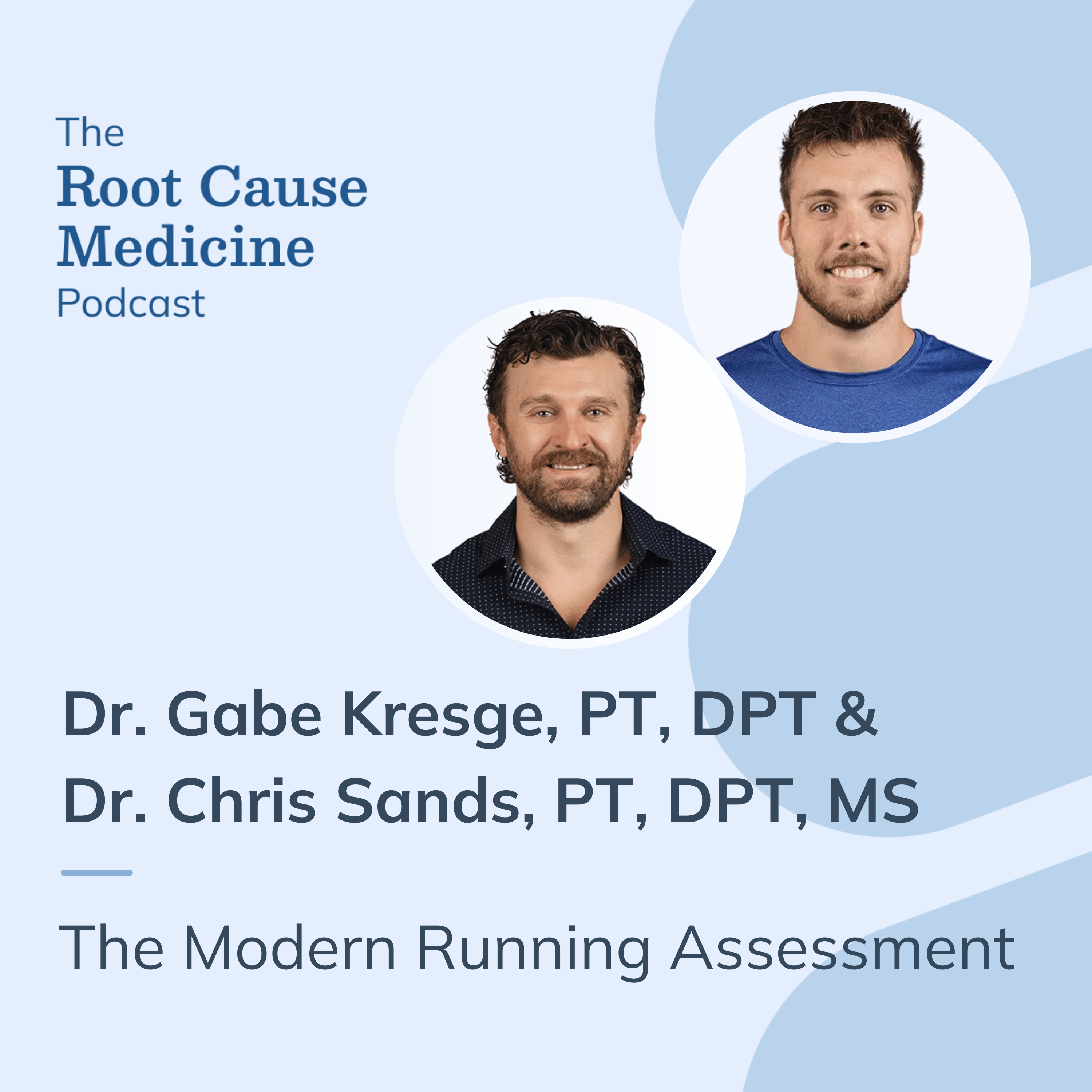
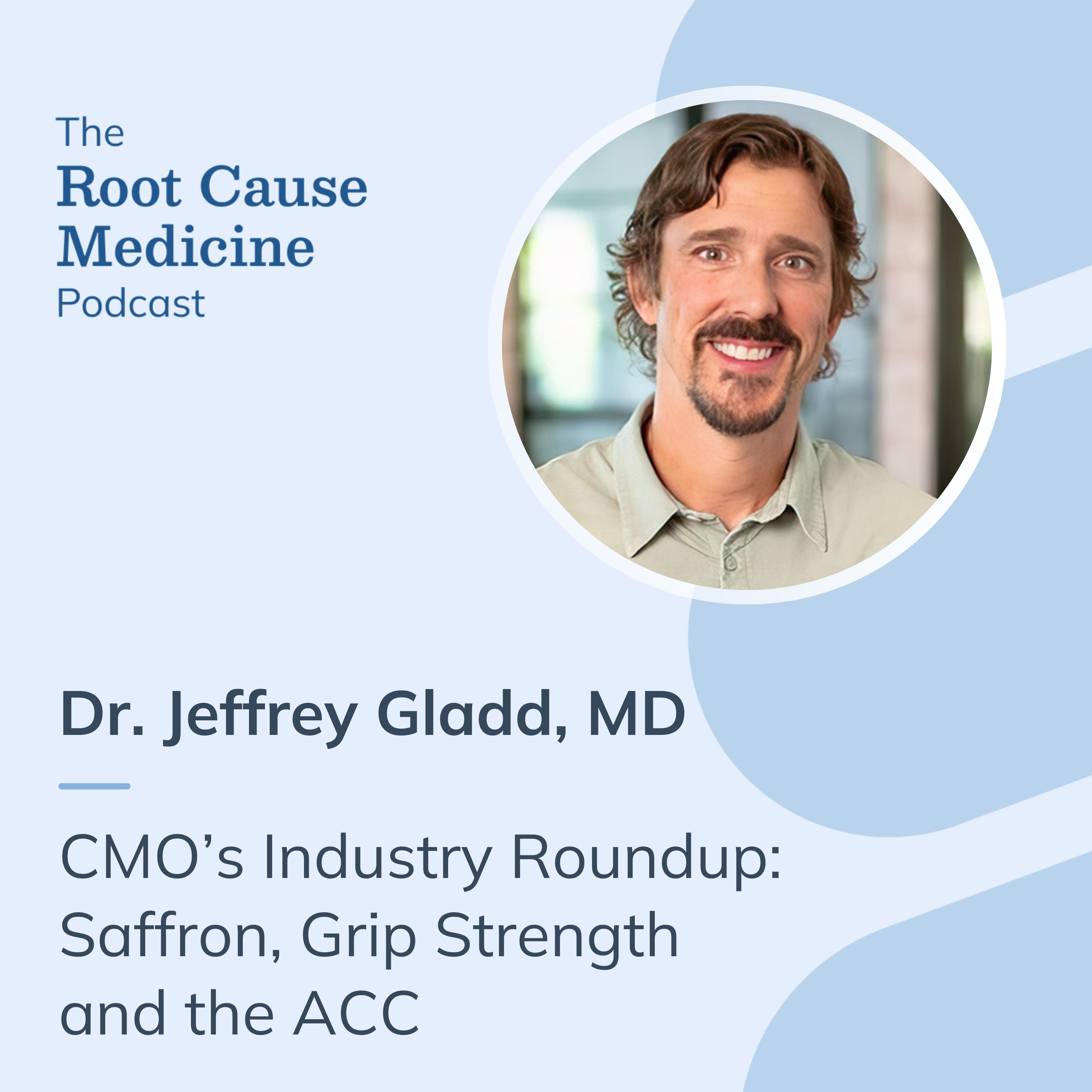
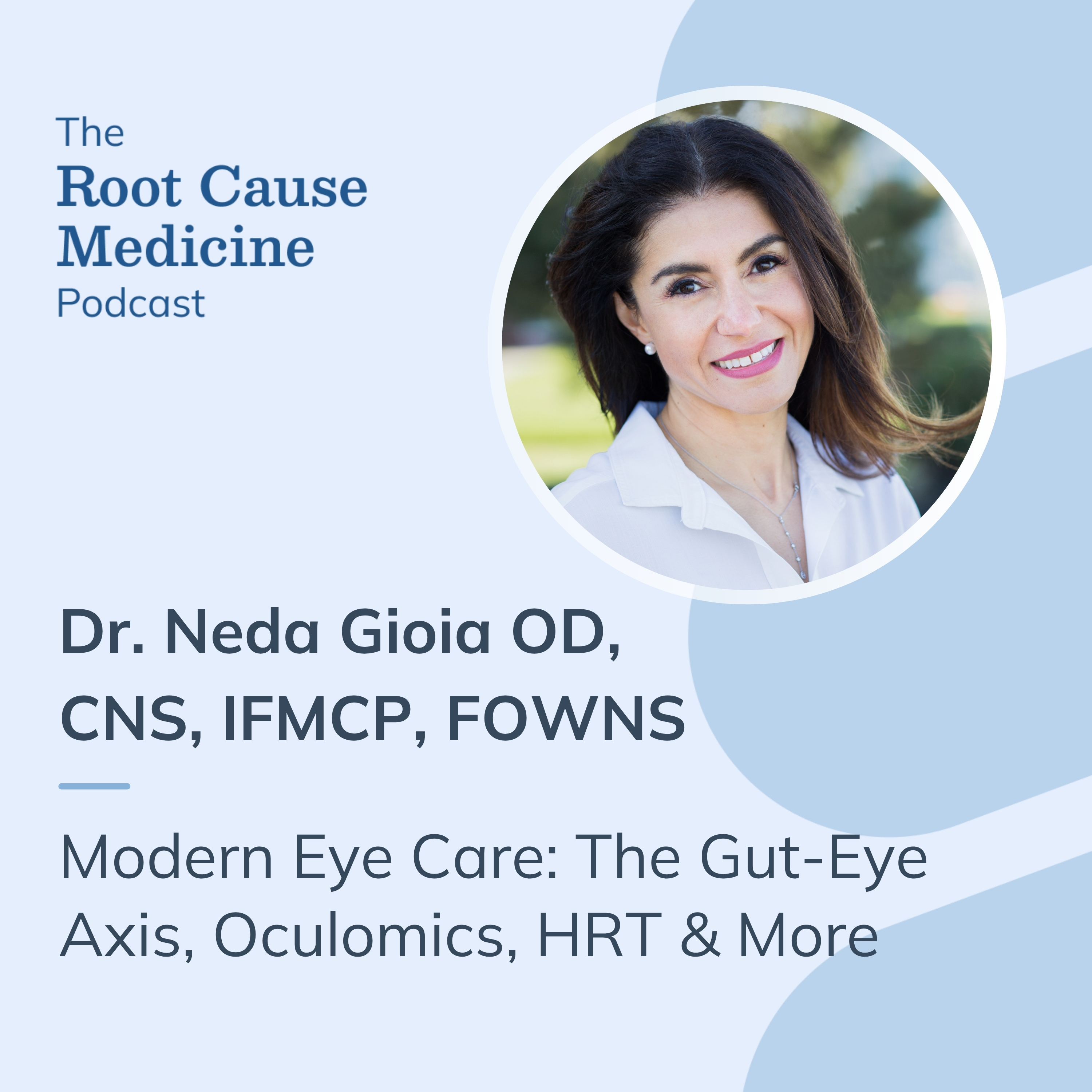
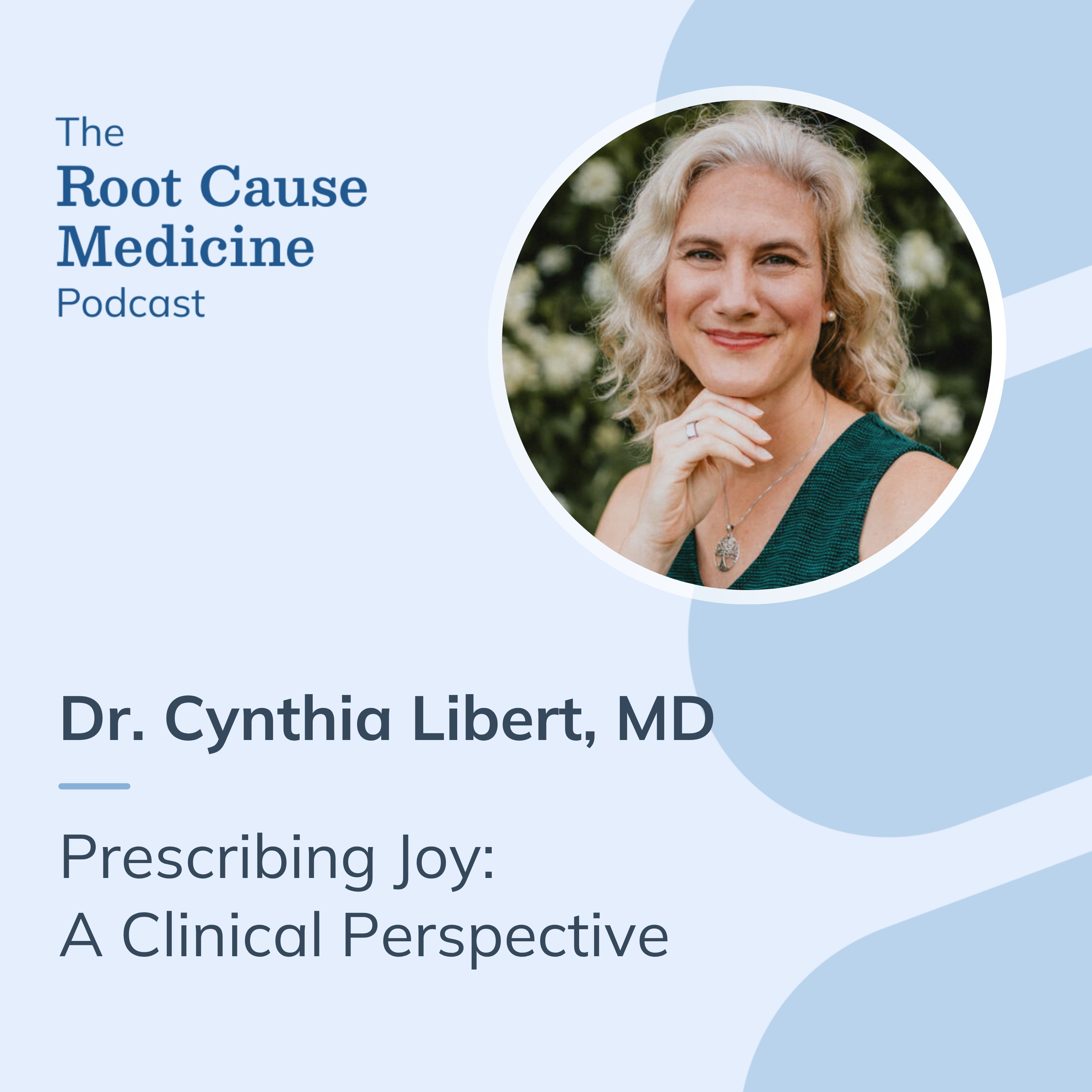


%201.svg)






